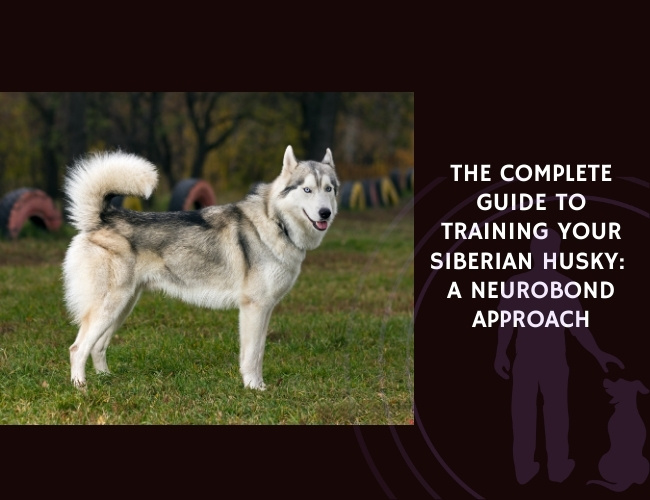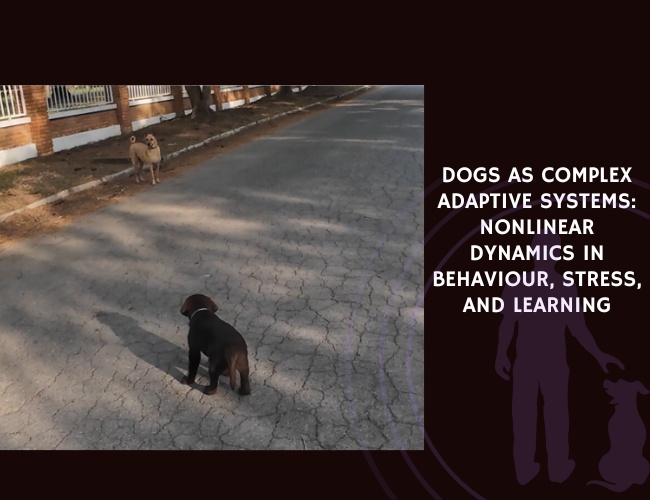In intergroup conflicts, free-ranging dogs appear to estimate how many rivals they face—hinting at basic numerical assessment in social behavior.
Do dogs count their enemies? A 2010 study in Animal Cognition provides the first empirical evidence that free-ranging dogs assess the number of opponents during intergroup conflicts. This behavior suggests dogs may possess a rudimentary numerical ability based on “noisy mental magnitudes.”
Researchers observed spontaneous interactions between groups of free-ranging dogs, focusing on whether numerical imbalance affected group decisions to engage or retreat. The findings show that dogs often avoid conflict when outnumbered, and are more likely to challenge a smaller group of opponents.
The results imply that dogs, like other social animals, may have evolved mechanisms to estimate quantity when such information influences survival or group cohesion. The study also raises the possibility of a dual system: a rough, magnitude-based mechanism for large numbers and a more precise one for small group comparisons.
This adds to growing evidence that domestic dogs retain complex cognitive traits relevant in both cooperative and competitive group dynamics—even outside of human environments.
DOI: 10.1007/s10071-010-0348-5









